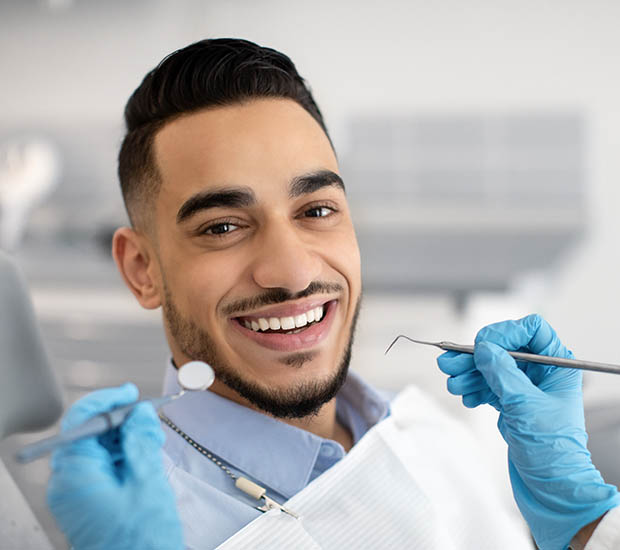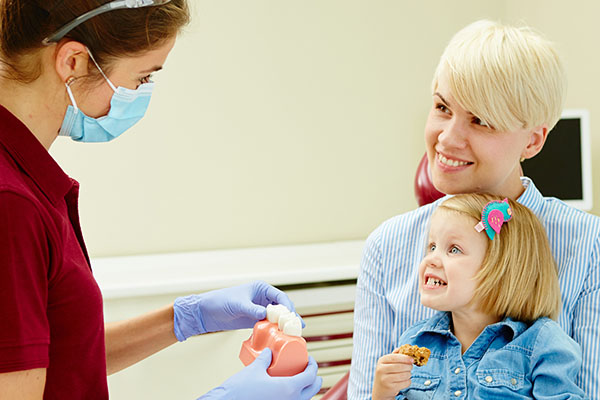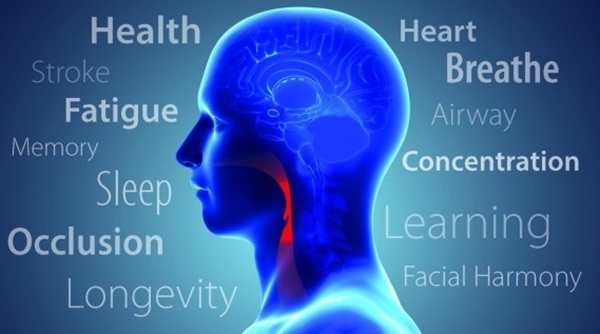OrthodonticsOnalaska, WI
The field of orthodontics involves treating misalignment of your teeth or jaws using oral appliances. Orthodontic appliances may be either removable or fixed in the mouth, meaning that they cannot be removed except by a professional when the treatment is complete. Misalignment of the teeth or jaws may interfere with your ability to eat, speak, or breathe. Even when it does not interfere with these functions, you may wish to seek orthodontic treatment for aesthetic reasons.
There are many different orthodontic treatments available. The treatment options available to you depend mainly on the severity of your misalignment. A few common treatments are effective at treating most alignment problems. If your misalignment is more severe, you may require a more advanced treatment option that is less common.
Learn more about the common treatments you are likely to receive, as well as the less common treatments that may be appropriate for your situation.
Common orthodontics treatments
As an orthodontic patient, you will probably receive at least one of these treatments. Your course in orthodontics may include more than one treatment.
Traditional braces
Traditional braces consist of a guidewire that gradually moves your teeth into a better, straighter position by applying gentle pressure. Brackets attached to the teeth provide a place for the guidewire to attach, and elastic ligatures hold the two together.
Brackets can consist of metal, but if you have concerns about how conspicuous your braces are, they are also available in tooth-colored ceramic or clear plastic. This helps the braces to blend into the teeth, making them less noticeable. Another option if you do not want your braces to be visible is lingual braces applied to the inside of the teeth rather than the outside.
Traditional braces have strengths and weaknesses. They are effective at correcting some pretty severe orthodontic issues so may be an appropriate option if you are not a candidate for other treatments. On the other hand, traditional braces can irritate soft tissues in your mouth, and you have to refrain from eating certain foods during treatment.
Clear aligners
Clear aligners are an alternative to traditional braces that have been available for a couple of decades. These are removable appliances made of clear plastic designed to fit closely over your teeth. Every few weeks, you get a new set of appliances that is a little bit different than the set that came before. Each new set gradually moves your teeth into a different position.
Clear aligners offer several advantages over traditional braces:
- Contain no metal
- More comfortable to wear
- Less noticeable
- Removable
Because clear aligners are removable, you do not have to refrain from eating any particular foods during treatment. You will have to maintain excellent oral hygiene, but this is true of traditional braces as well. Because the aligners are transparent and fitted to your teeth, they are practically invisible when you are wearing them.
Nevertheless, there are some disadvantages to clear aligners. They require personal discipline to wear them for the required number of hours a day, between 20 and 22. Clear aligners are only suited for mild to moderate cases of misalignment. If your case is more severe, you may not be a candidate for this particular treatment.
Retainers
Retainers may consist of either hard plastic and wires or clear plastic. In either case, their purpose is to prevent teeth from reverting back to their original positions after orthodontics have improved their alignment. You may require a retainer during treatment to hold your teeth in place between different phases. You may also receive a retainer to wear only at night once your treatment is complete to maintain the alignment of your teeth.
Mouth guards
A mouth guard is a removable appliance that you wear when you participate in rigorous physical activity. It cushions your teeth from impact and protects them from traumatic injuries that could occur if something or someone hits you in the mouth.
A night guard is a specific type of mouth guard that you wear at night to keep you from damaging your teeth by grinding them.
Uncommon orthodontics treatments
These treatments either treat specific conditions related to misalignment of your teeth or jaws or are not common for adult orthodontics patients.
Expanders
Expanders create more space in the upper jaw for overcrowded teeth. They work by gradually spreading the top palate apart with minute adjustments on a regular basis. This is easier in minor patients because their bones have not yet fused together. It is possible for you to receive this kind of treatment as an adult, but because your bones have fused together, it involves surgically implanting the appliance.
Headgear
Most orthodontic appliances are internal to your mouth. Headgear is an external appliance with a metal wire in front called a face bow and strap that wraps around the back of the head to hold it in place. Used to slow down the growth of the upper jaw, headgear is a treatment primarily for children, and even then, it is usually only worn at night.
Sleep apnea oral devices
When you go to sleep, soft tissues in your soft throat can relax and block your airway. This is a condition called obstructive sleep apnea, and it can prevent you from getting enough oxygen. There are several orthodontic devices that can help treat OSA, the most common of which is a mandibular advancement device that tightens the loose tissues by pulling your lower jaw forward.
Oral splints
The point where your lower jaw attaches to your skull is your temporomandibular joint. Misalignment of the jaws can put pressure on the TMJ joint, which can lead to pain and decreased mobility of the jaw. An oral splint relieves the pressure and helps to place your jaw in a better position.
Conclusion
Some orthodontics treatments are common for both child and adult patients. Some are more common for young patients than for older patients, and some are uncommon for patients of any age.
Request an appointment here: https://siegertdental.com or call Siegert Dental at (608) 394-3943 for an appointment in our Onalaska office.





